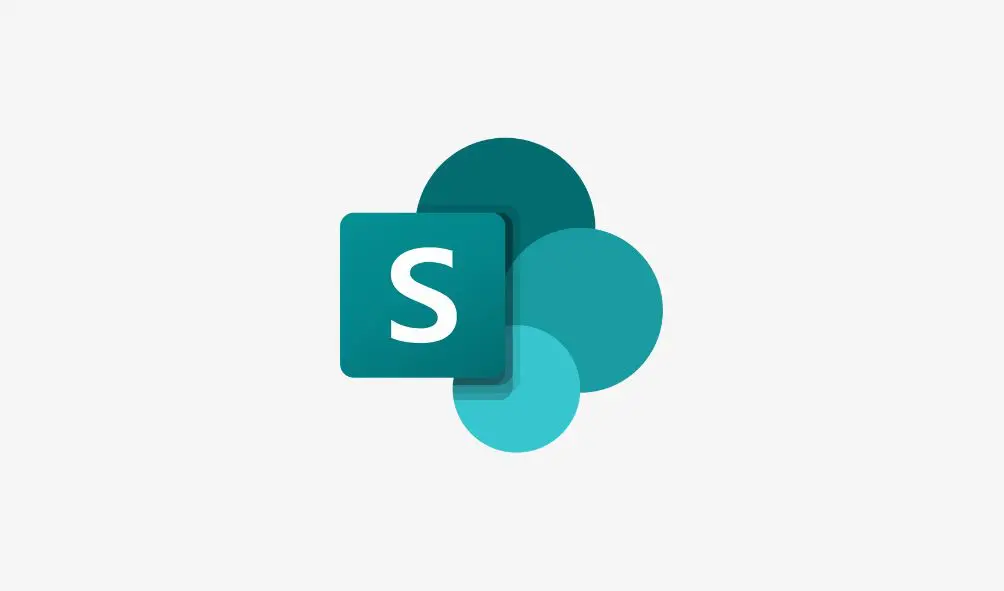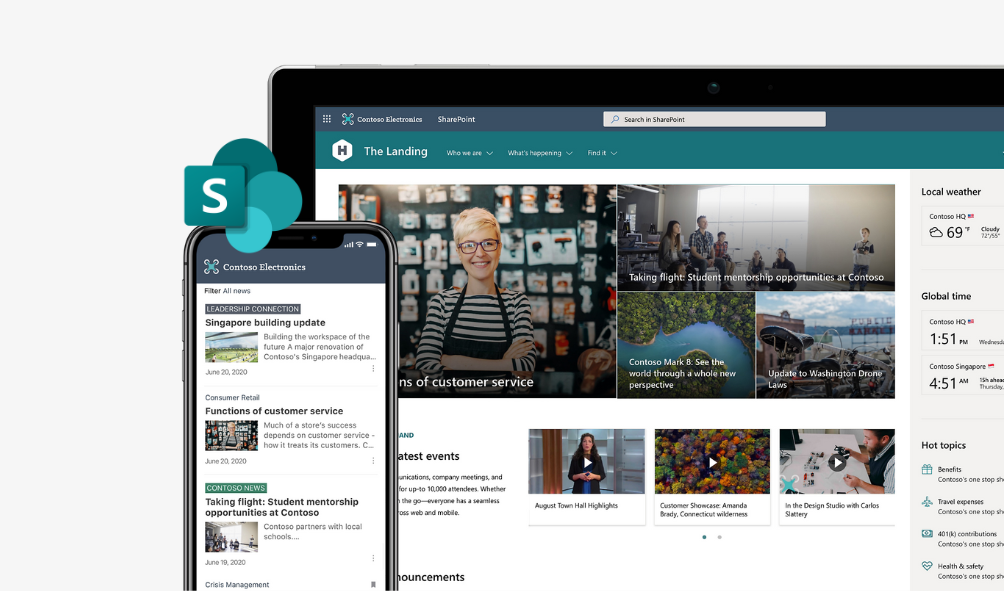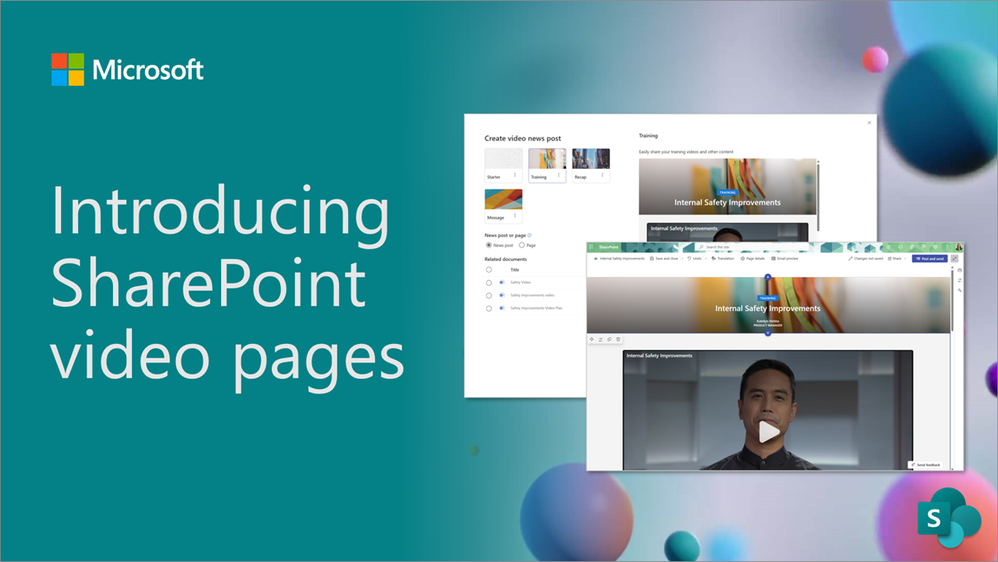We regularly assist customers looking to migrate to SharePoint Online, so let’s just say we’ve seen it all. While no two customers are the same, there are some similarities we see in several projects. We don’t want you to make the same pain-staking errors so here are some common SharePoint migration mistakes you should avoid.
No governance strategy
Forming a governance strategy early in the process of your migration is crucial. One of the biggest issues when we have encountered SharePoint intranets in the past is the lack of governance across the environment. No control on site creation, complicated user permissions, document sprawl everywhere all lead to a bad user experience.
A SharePoint governance strategy will form the policies and processes users need to dictate how they will work together and ultimately define what they can and can’t do. Without one, your SharePoint environment is likely to become chaotic, and we don’t want that do we?
We recommend beginning with your source site. This is the site you will be moving everything from, so if this site is heavily ungoverned, this can make migration a challenge as you’re essentially carrying over previous errors to your new environment. Without a governance strategy it is also much harder to ensure successful adoption and get all users on the same page.
Choosing the wrong migration tool
When migrating from one solution to another, there are a number of tools available to help with this process. It isn’t always one size fits all and it’s important to consider which migration tool will best suit your situation. Whether you’re using the SharePoint Migration Tool from Microsoft or a third-party solution like ShareGate, choose wisely as the wrong solution can be expensive, or lack features that you would need when migrating a large number of files and folders.
End user management
At the end of the day (whether they like it or not) everyone in your organisation is part of the migration process. Do your users know the basics of SharePoint and why this change is happening?
To ensure your users aren’t left in the dark, consider a change management strategy. Microsoft provide a range of useful resources here to help your users learn everyday tasks they’ll need to know to be successful with SharePoint and OneDrive. There are often cases where the end-user will barely see the front-end of SharePoint and start using it as a glorified file share. This means the user will usually miss out on valuable features such as versioning, co-authoring and other content management tools that are available.
Focusing on custom solutions
Jack of all trades, master of none. Back in 2010 there was a real focus on making SharePoint ‘do everything’ by using custom solutions. This led to lots of third-party apps being all over SharePoint environments, that quite often ran out of support and racked up expensive bills to replace.
Nowadays if you move to SharePoint Online there are lots of off the shelf apps that can provide this capability with a focus on integration with SharePoint rather than application hosting. SharePoint then only forms part of the wider Microsoft 365 picture. Ensuring you consider a plan for these custom solutions, identify replacement functionality and how these fit into your migration is key.
SharePoint is not only a single operating service within Microsoft 365
A common mistake is viewing SharePoint as a stand-alone solution within the Microsoft suite. It’s important to remember that it is not a single entity and will realise its true potential when used alongside other apps like Microsoft Teams, Office 365, Viva, Power Apps, Power Automate and Power BI.
Are you making these migration mistakes? Whether you are in the process of a SharePoint migration or exploring your options we can help. We offer a range of SharePoint services and can provide you with the resources you need to ensure a successful migration. Contact our team who can help.



